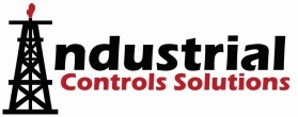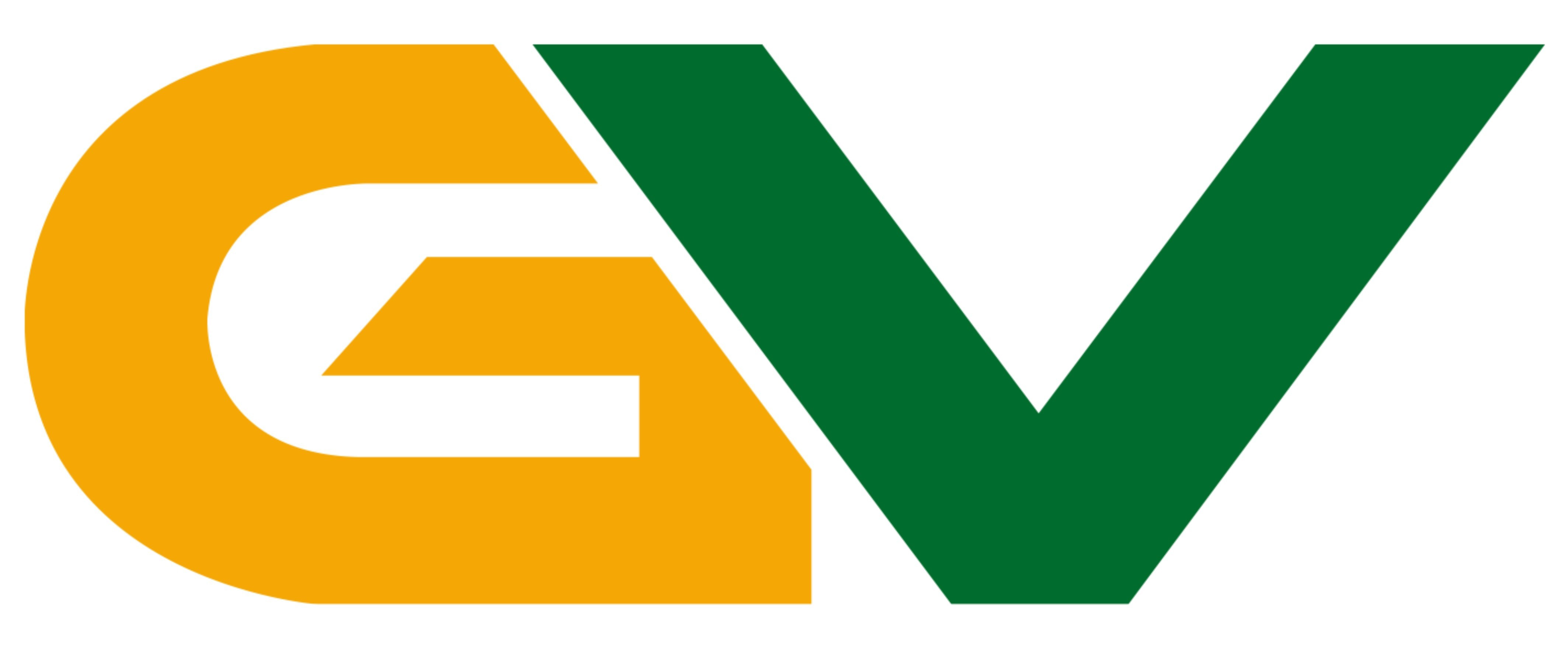
Selecting a warehouse management system (WMS) is all about determining what solution will support your goals for the future. Inventory management can add increased visibility and accuracy to your supply chain processes, allowing you to make well-rounded decisions that can scale your business.
However, there are a few steps in between choosing a NetSuite WMS and going live on the platform. What are the WMS implementation steps and what can you expect?
|
In this blog post, we will discuss what it looks like to choose a WMS - from evaluation to Go-Live. You can use these links to skip to specific stages. |
The first step in a typical implementation is to determine if mobile barcoding is right for your business. Some of the common inventory challenges businesses seek to solve with a mobile barcoding system and data collection may sound familiar as you examine your own operations. Below are questions to ask yourself while evaluating mobile barcoding:
READ MORE: Find out if your company needs a Mobile Barcoding System
Once you have determined your goals for the software and your business, it's time to start evaluating solutions. Barcode systems are not all the same, so it’s critical to conduct a thorough evaluation before making an investment. Here are some of the questions you should ask to when comparing solutions:
DOWNLOAD: Free WMS Analysis Worksheet
In this phase, you will work with a Sales Executive to help determine the use case for a WMS for your business. If you are working with an implementation partner, they may initially engage with the WMS sales executive. While this is not an exhaustive list and every WMS vendor operates a little differently, here is an estimation of what your vendor selection experience could look like:
During the initial discovery call with the sales team, your Sales Executive will connect with you to learn more about your business. This discovery time helps to determine whether or not a partnership makes sense. When preparing for the initial call, you will want to think through:
DOWNLOAD: Five Stories from NetSuite Customers
As a follow up to the discovery call, typically the next step is a customized demo. The demo is your time to evaluate the solution and the company. Ask lots of questions and take lots of notes. Vendors may offer a pre-recorded overview demo (like the one below) or you can request a personal overview demo.
After the demo, your provider should work with you to complete the criteria that you set in your evaluation process - that might be an on-site visit, a reference call, or meeting your future implementation team. Your vendor should recognize you have your own processes and support any steps you may need to take.
During this time, you will also want to evaluate your existing hardware. A hardware expert can help you determine if you will need new devices, printers, or labels. They can even help evaluate your lighting and WIFI infrastructure! Not all WMS vendors also help with hardware, but at RF-SMART we have a team of professionals dedicated to hardware that can advise you on the right scanners, labels, and printers for your warehouse.
Congratulations! You've selected your WMS provider and soon you'll be on your way towards inventory accuracy. To get started, you will likely work with a professional services team that can help get your implementation off the ground. During this time, you should clean up your inventory and perform a physical inventory count. The below steps provide a general overview of an implementation process:
Startup - The project team will meet to review the project methodology and timeline. They will also review key information regarding your implementation and ensure expectations are in alignment. We recommend getting your super user involved early. During the implementation process, it is best to have someone that knows your business processes and is accessible.
Plan - Your Implementation team will work with you to understand your current business processes, and determine the best configuration for your WMS. If there is any application enhancement required, the implementation team will create a design document that will then be used for development. You will also want to determine what types of workflows and enhancements for NetSuite you have in place. This can help make the WMS implementation process as smooth as possible.
Configure & Test - Now the team will setup and configure each WMS function relative to your business process. This is in preparation for moving the software into production. The steps of this phase could include: the configuration of the WMS, testing, and training.
Go-Live & Beyond - You are ready to go live! All service hours during this phase will be related to required activities to move the WMS into production, including post go-live support. Your team will plan, administer and work with you to help manage your implementation project.
PODCAST EPSIODE: Lessons Learned from More than 500 Implementations
Once your implementation is complete, your vendor should connect you to a Customer Support team. It's important in your evaluation to uncover what resources are available to you post-implementation. For example, at RF-SMART, we offer 24/7 support for our customers, as well as a searchable Knowledge Base that can help answer common questions in just a few clicks. In this phase, you can expect:
LEARN MORE: What to Expect from Your Team at RF-SMART
At RF-SMART, we've helped over 2,000 NetSuite customers of all sizes and industries complete these WMS implementation steps and find accuracy using our Built-for-NetSuite inventory management solution. RF-SMART acts as a mobile extension of your ERP - creating one system of truth for your entire business. Check out what some of our customers are saying about their experience with RF-SMART:
 |
Industrial Controls Solutions: “We’re 100% accurate on our outgoing shipments...If you’re looking to grow and scale your business, you’re going to need the accuracy and control RF-SMART provides." |
 |
Golden Valley Farm Supply: “RF-SMART provides a variety of resources. The team members are helpful with ideas and solutions. Plus, there is resource material that I can use to answer my questions." |
Get a monthly recap of our latest Educational Content.
© 2025 RF-SMART. All rights reserved. Privacy Policy